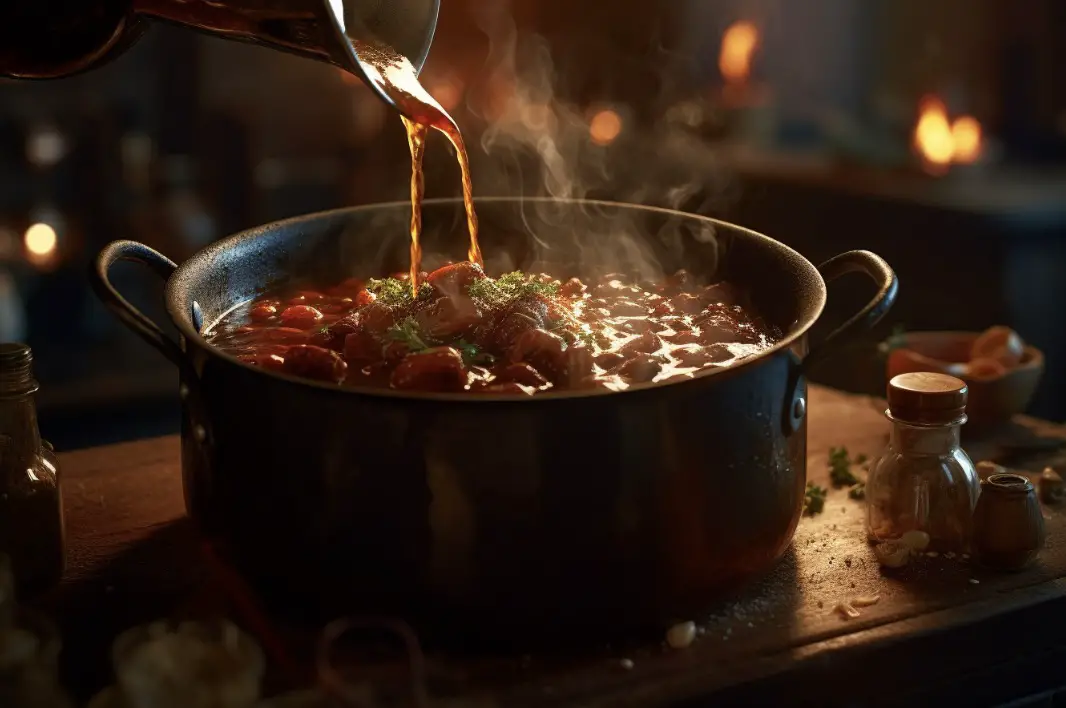If you’re a fan of cooking with beer, you’ve probably already discovered the rich, complex flavors that stout beer can bring to your dishes. But what if you’re looking to switch things up, or you simply don’t have a stout on hand?
There are plenty of other beer styles that can enhance your cooking, each with its own unique characteristics.
The best alternatives to stout beer in cooking are brown ales, porters, amber ales, Belgian dubbels, dark lagers, India pale ales (IPAs), witbiers, and saison beers. Each of these beer styles has its own unique characteristics and can create a variety of delicious dishes.
In this blog post, we’ll explore some of the best alternatives to stout beer in cooking, discussing their flavor profiles, brewing processes, and ideal pairings.
1. Brown Ales
Flavor Profile
Brown ales are a versatile cooking beer, offering a malty sweetness that can complement a wide range of dishes. They typically have a medium body, with flavors of caramel, toffee, and a touch of nuttiness.
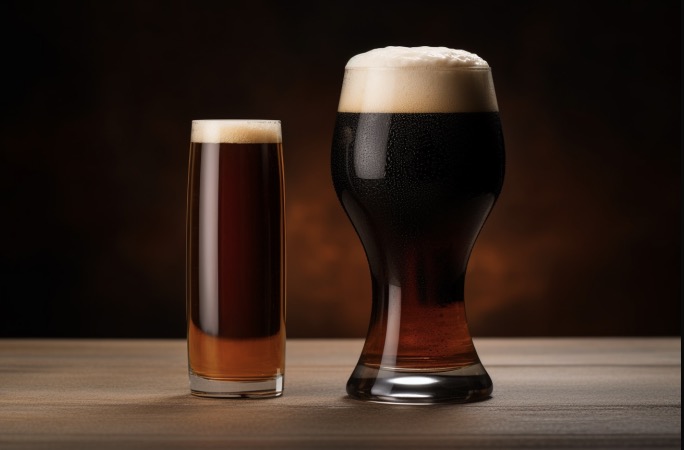
Brewing Process
Brown ales are brewed with a mix of pale and caramel malts, giving them their distinctive brown color and sweet, malty flavor profile. Hops are used sparingly, resulting in a balanced, smooth beer.
Ideal Pairings
Brown ales work well in stews, braises, and sauces, imparting a rich, savory depth to your dishes. They also pair nicely with roasted meats and vegetables.
2. Porters
Flavor Profile
Porters are a close cousin to stouts, with a full body and flavors of chocolate, coffee, and roasted malt. They tend to be slightly sweeter and less bitter than stouts, making them a great alternative for cooking.
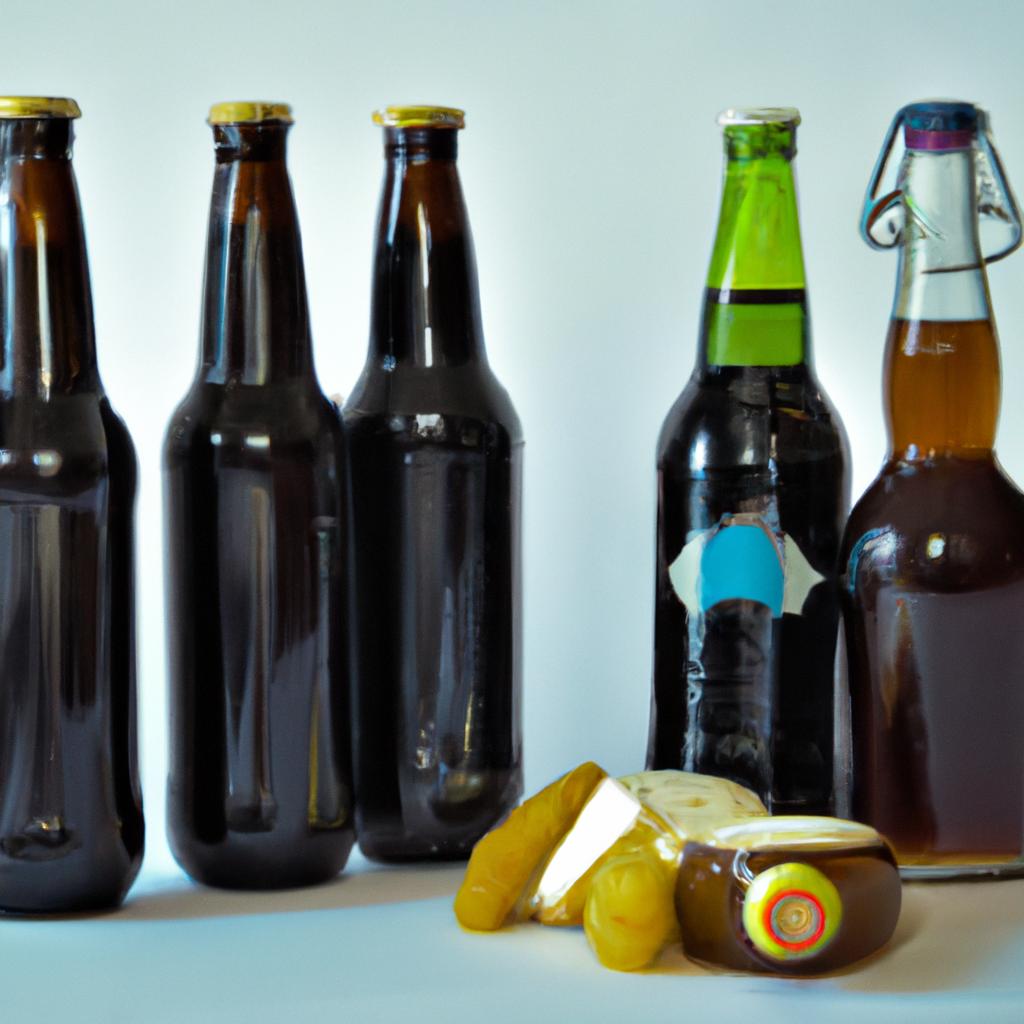
Brewing Process
Porters are brewed with a combination of pale, crystal, and roasted malts. The roasted malts give the beer its dark, rich color and strong flavor profile.
Ideal Pairings
Porters work well in dishes where you might typically use a stout, such as in chocolate desserts or hearty stews. They can also be used in marinades for meats, adding a delicious depth of flavor.
3. Amber Ales
Flavor Profile
Amber ales offer a balanced blend of malt and hop flavors, with a medium body and notes of caramel and toasted malt. They make a great alternative to stout beer in cooking, especially in dishes where you want to add a touch of sweetness without overpowering the other flavors.
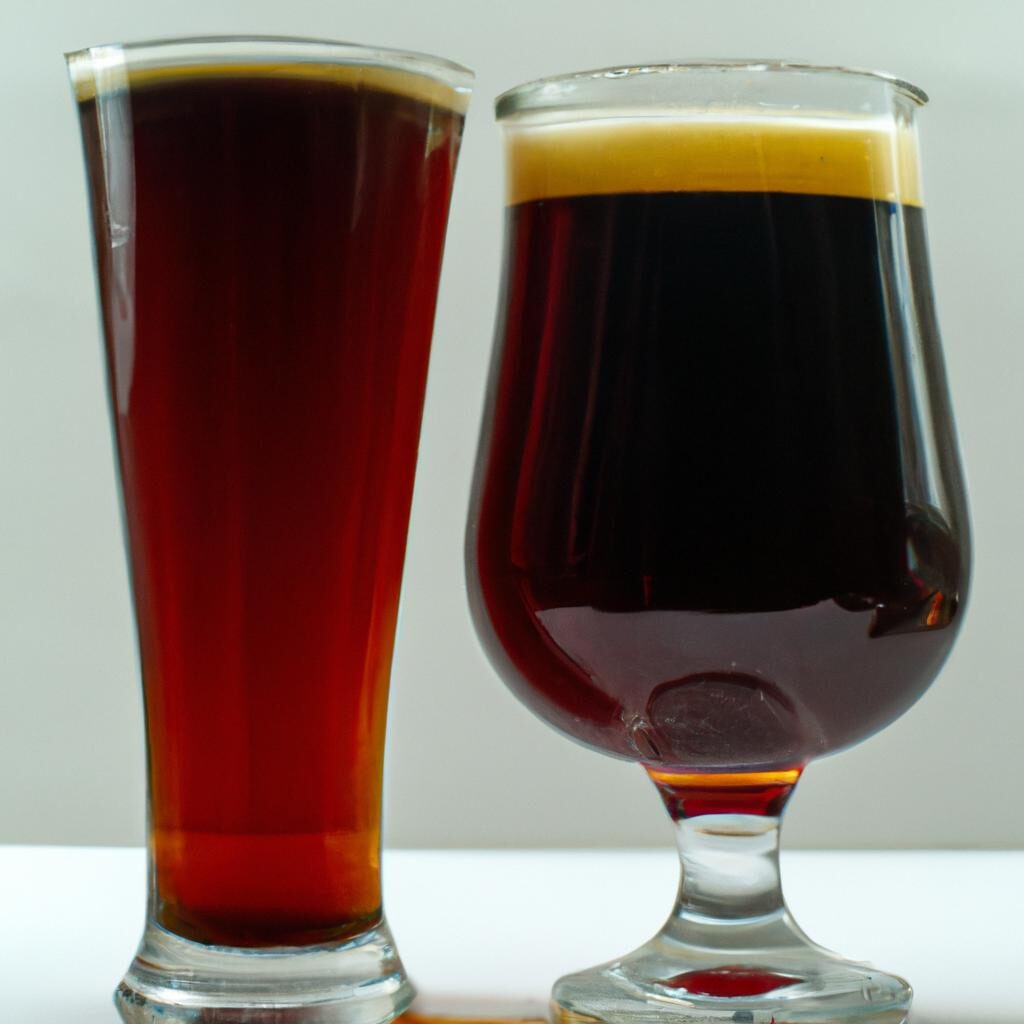
Brewing Process
Amber ales are brewed with a mix of pale and caramel malts, giving them their distinctive amber color and sweet, malty flavor profile. Hops are used in moderation, resulting in a beer that’s balanced and easy-drinking.
Ideal Pairings
Amber ales work well in dishes that call for a touch of sweetness, such as barbecue sauces, glazes, and baked goods. They also pair nicely with roasted or grilled meats and seafood.
4. Belgian Dubbels
Flavor Profile
Belgian dubbels are a rich, malty beer with flavors of dark fruit, caramel, and spices. They can add a unique twist to your cooking, bringing depth and complexity to your dishes.
Brewing Process
Belgian dubbels are brewed with a variety of specialty malts, as well as Belgian candi sugar, which gives the beer its characteristic sweetness and dark color. The beer is fermented with Belgian yeast strains, which contribute fruity and spicy notes.
Ideal Pairings
Belgian dubbels work well in slow-cooked dishes like braises and stews, as well as in sauces and glazes. They can also be used in desserts, adding a rich, fruity sweetness to your creations.
5. Dark Lagers
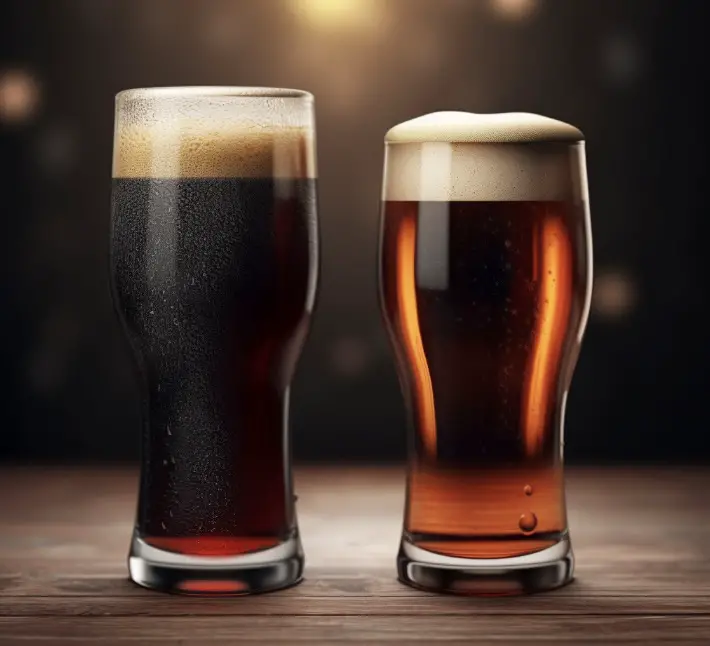
Flavor Profile
Dark lagers are a crisp, clean beer with a subtle maltiness and a hint of roasted flavor. They make a great addition to your cooking repertoire, offering a lighter alternative to stout beer.
Brewing Process
Dark lagers are brewed with a combination of pale and roasted malts, giving them their dark color and smooth, malty flavor. They are fermented at cooler temperatures with lager yeast, which results in a clean, crisp beer.
Ideal Pairings
Dark lagers work well in dishes where you want to add a subtle depth of flavor without overpowering the other ingredients. They can be used in marinades, soups, and sauces, as well as in dishes featuring fish or poultry.
6. India Pale Ales (IPAs)
Flavor Profile
IPAs are a hop-forward beer with bold flavors of citrus, pine, and floral notes. They can make a unique addition to your cooking, adding a burst of bright, fresh flavor to your dishes.
Brewing Process
IPAs are brewed with a generous amount of hops, which contribute their characteristic bitterness and bold flavor profile. The beer is often dry-hopped, meaning that additional hops are added after fermentation, which enhances the aroma and flavor.
Ideal Pairings
IPAs work well in dishes where you want to add a bright, fresh flavor, such as in ceviches, salsas, and salads. They can also be used in marinades for meats and seafood, adding a zesty, citrusy kick.
7. Witbiers
Flavor Profile
Witbiers are a light, refreshing beer with flavors of citrus, coriander, and a hint of spice. They make a great alternative to stout beer in cooking, adding a lively, bright flavor to your dishes.
Brewing Process
Witbiers are brewed with a mix of malted barley and wheat, which gives the beer its characteristic hazy appearance and smooth, creamy mouthfeel. The beer is flavored with coriander and orange peel, which contribute to its unique flavor profile.
Ideal Pairings
Witbiers work well in dishes that call for a light, refreshing touch, such as seafood dishes, salads, and citrus-based desserts. They can also be used in marinades and dressings, adding a zesty, aromatic component.
8. Saison Beers
Flavor Profile
Saison beers are a dry, effervescent beer with flavors of fruit, spice, and a touch of earthiness. They can add a unique, rustic quality to your cooking, bringing complexity and depth to your dishes.
Brewing Process
Saison beers are brewed with a variety of grains, including barley, wheat, and sometimes rye, which contribute to their distinctive flavor profile. The beer is fermented with saison yeast strains, which produce a range of fruity, spicy, and earthy flavors.
Ideal Pairings
Saison beers are well-suited to dishes that call for a rustic, farmhouse touch, such as braises, stews, and roasted meats. They can also be used in dressings, sauces, and desserts, adding a complex, fruity character.
Conclusion
The best alternatives to stout beer in cooking are brown ales, porters, amber ales, Belgian dubbels, dark lagers, India pale ales (IPAs), witbiers, and saison beers.Each of these beer styles brings its own unique characteristics to your cooking, allowing you to create a variety of delicious dishes. When selecting an alternative to stout beer in your recipes, consider factors such as flavor profile, brewing process, and ideal pairings to ensure that your dish achieves the desired results.
To sum up, here are 10 facts about using alternatives to stout beer in cooking:
1. Brown ales offer a malty sweetness that complements a wide range of dishes.
2. Porters are similar to stouts, but tend to be slightly sweeter and less bitter.
3. Amber ales provide a balanced blend of malt and hop flavors.
4. Belgian dubbels can add depth and complexity to your dishes with their rich, fruity flavors.
5. Dark lagers offer a lighter, more subtle alternative to stout beer.
6. IPAs can add a bright, fresh flavor to your cooking with their bold hop profile.
7. Witbiers bring a light, zesty touch to dishes with their citrus and coriander flavors.
8. Saison beers lend a rustic, farmhouse quality to your dishes.
9. Each beer style has its own unique brewing process, which contributes to its flavor profile and characteristics.
10. Experimenting with different beer styles in your cooking can help you discover new, exciting flavor combinations and enhance your culinary creations.
FAQs
What is the best stout beer to cook with?
The best stout beer to cook with depends on the specific recipe and personal taste preferences. However, Guinness is a popular choice due to its rich flavor and availability.
Which stout is best for cooking?
There is no one “best” stout for cooking as it largely depends on personal preference and the specific dish being prepared. However, stouts with a rich, malty flavor profile and hints of chocolate or coffee tend to work well in savory dishes such as stews, braises, and marinades.
What is stout beer for cooking?
Stout beer is a dark, rich beer that is often used in cooking to add depth and flavor to dishes such as stews, chili, and braised meats. Its complex flavor profile, which can include notes of coffee, chocolate, and caramel, can enhance the overall taste of a dish and give it a unique character.
Is stout good for cooking?
Yes, stout can be a great ingredient for cooking, especially in stews, braises, and sauces. Its rich, malty flavor can add depth and complexity to dishes, and its bitterness can help balance out sweetness. However, it’s important to choose the right stout for your recipe, as some varieties can be too strong or overpowering.
Can I use milk instead of stout in cake?
Yes, you can use milk instead of stout in cake, but the flavor and texture of the cake will be different. Stout adds a rich, malty flavor and moistness to the cake, while milk will simply provide liquid and some richness. If you do use milk, you may want to add a bit of extra flavoring, such as vanilla extract, to compensate.
What can I use instead of stout in pie?
You can use other types of beer or a non-alcoholic substitute such as coffee or chocolate.

